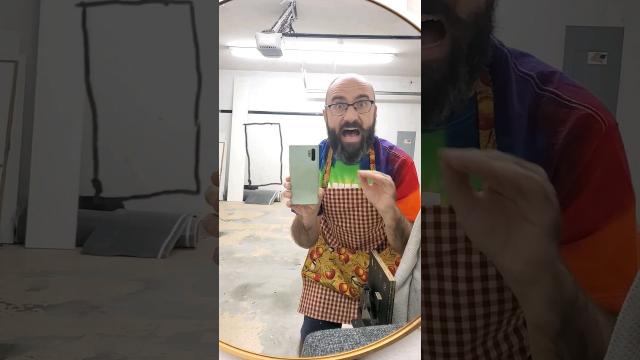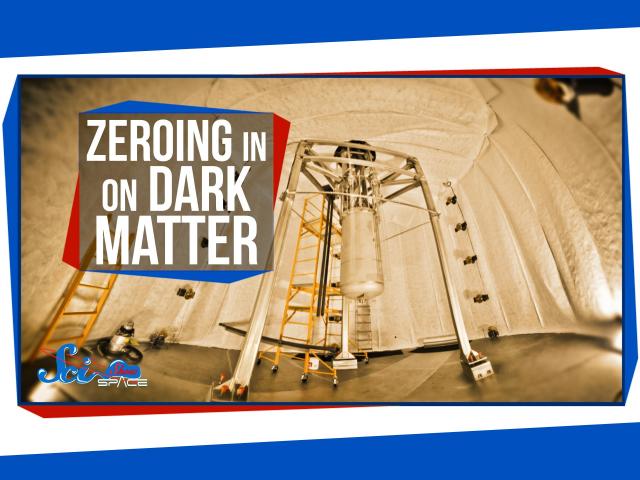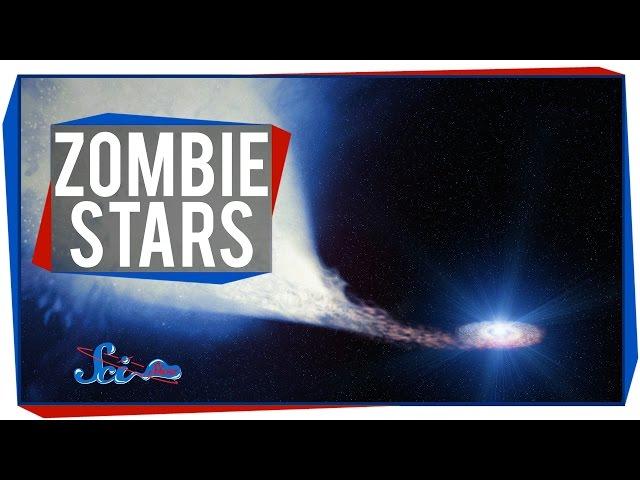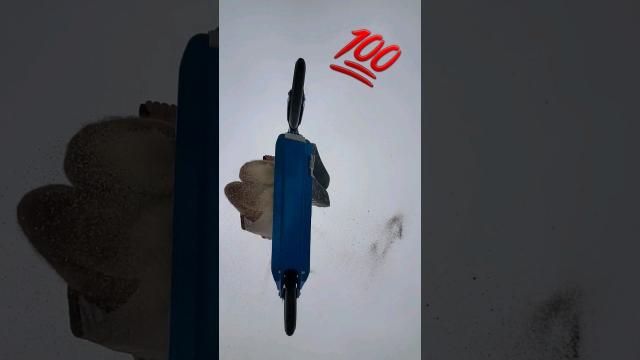Time Travel, Teleportation & Science
Time travel is the concept of moving between different points in time in a manner analogous to moving between different points in space, generally using a theoretical invention, namely a time machine. It has a commonly recognized place in philosophy and fiction, but has a very limited application in real world physics, such as in quantum mechanics or wormholes.
Although the 1895 novel The Time Machine by H. G. Wells was instrumental in moving the concept of time travel to the forefront of the public imagination, The Clock That Went Backward by Edward Page Mitchell was published in 1881 and involves a clock that allowed three men to travel backwards in time.[1][2] Non-technological forms of time travel had appeared in a number of earlier stories such as Charles Dickens' A Christmas Carol. Historically, the concept dates back to the early mythologies of Hinduism (such as the Mahabharata), Buddhism, and Islam through ancient folk tales. More recently, with advancing technology and a greater scientific understanding of the universe, the plausibility of time travel has been explored in greater detail by science fiction writers, philosophers, and physicists.
Teleportation, or Teletransportation, is the theoretical transfer of matter or energy from one point to another without traversing the physical space between them. It has a commonly recognized place in science fiction literature, film, and television, but as yet has a very limited application in real world physics, such as quantum teleportation or the study of wormholes.
Science (from Latin scientia, meaning "knowledge") is a systematic enterprise that builds and organizes knowledge in the form of testable explanations and predictions about the universe. In an older and closely related meaning, "science" also refers to a body of knowledge itself, of the type that can be rationally explained and reliably applied. A practitioner of science is known as a scientist.
In modern usage, "science" most often refers to a way of pursuing knowledge, not only the knowledge itself. It is also often restricted to those branches of study that seek to explain the phenomena of the material universe.
Source : Wikipedia
-
2:28:23

Your Daily Equation | Live Q&A with Brian Greene
Added 489 Views / 0 LikesLive Q&A with Brian Greene - #YourDailyEquation: Join a live session with Brian Greene, 3 PM EDT. Relativity, quantum, the universe -- ask him anything that's on your mind. We’d love to see & hear your questions for future Q&As with Brian Greene. Send us
-
2:44:34
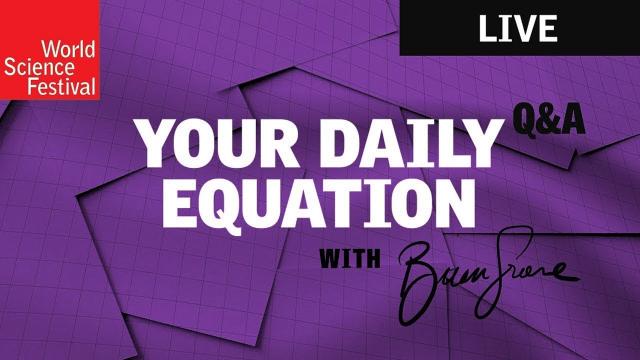
Your Daily Equation | Live Q&A with Brian Greene
Added 543 Views / 0 LikesLive Q&A with Brian Greene - #YourDailyEquation: Join a live session with Brian Greene, 3 PM EDT. Relativity, quantum, the universe -- ask him anything that's on your mind. We’d love to see & hear your questions for future Q&As with Brian Greene. Send us
-
2:58:24

Your Daily Equation | Live Q&A with Brian Greene
Added 547 Views / 0 LikesLive Q&A with Brian Greene - #YourDailyEquation: Join a live session with Brian Greene, 3 PM EDT. Relativity, quantum, the universe -- ask him anything that's on your mind. We’d love to see & hear your questions for future Q&As with Brian Greene. Send us
-
3:02:41
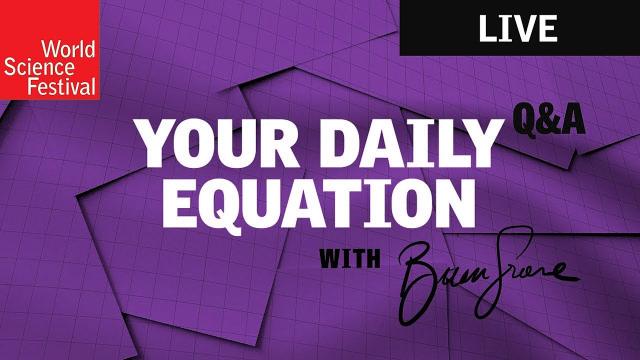
Your Daily Equation | Live Q&A with Brian Greene
Added 483 Views / 0 LikesLive Q&A with Brian Greene - #YourDailyEquation: Join a live session with Brian Greene, 3 PM EDT. Relativity, quantum, the universe -- ask him anything that's on your mind. We’d love to see & hear your questions for future Q&As with Brian Greene. Send us
-
2:39:03

Your Daily Equation | Live Q&A with Brian Greene
Added 481 Views / 0 LikesLive Q&A with Brian Greene - #YourDailyEquation: Join a live session with Brian Greene, 3 PM EDT. Relativity, quantum, the universe -- ask him anything that's on your mind. Even if your math is a bit rusty, join Brian Greene for brief and breezy discussio
-
00:39
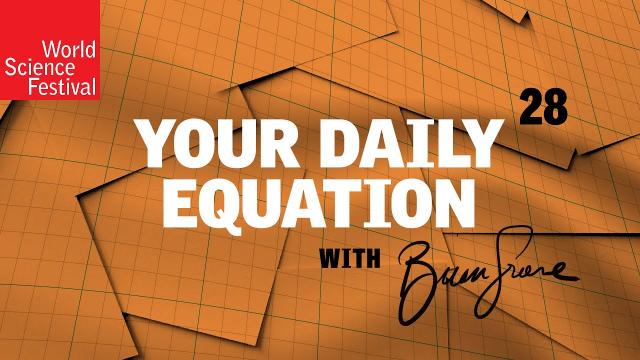
Your Daily Equation: Update
Added 518 Views / 0 LikesEpisode 28 #YourDailyEquation: We’ll continue Your Daily Equation tomorrow with another Live Q&A at 3pm. Until then, check out this clip from Brian Greene’s appearance on The Late Show with Stephen Colbert. https://youtu.be/0jjFjC30-4AMonday - Friday at 3
-
04:10
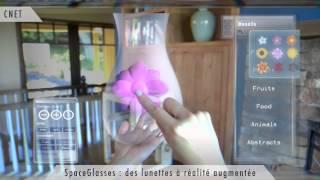
Zapping : acariens, réalité augmentée, araignée dansante, pieuvre robotisée
Added 795 Views / 0 Likes -
03:33
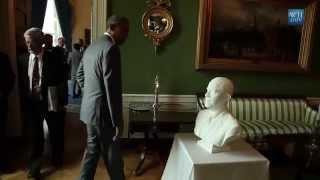
Zapping : arbreà vent, sauvetage d’une orque, Obama en 3D, mission Orion, timelapse de Londres
Added 516 Views / 0 Likes -
04:32
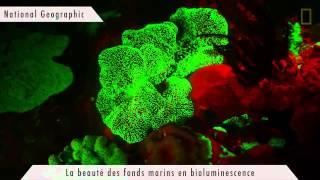
Zapping : chef d'orchestre wifi, détecteur de veines et chute sous vide
Added 765 Views / 0 Likes -
04:36

Zapping : rollersélectriques, éclipse de Lune et smartphone voiture de course
Added 752 Views / 0 Likes -
03:45
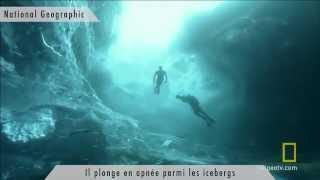
Zapping : skateboard volant, main robot, combinaisonà LED, ping-pong
Added 751 Views / 0 Likes -
05:55
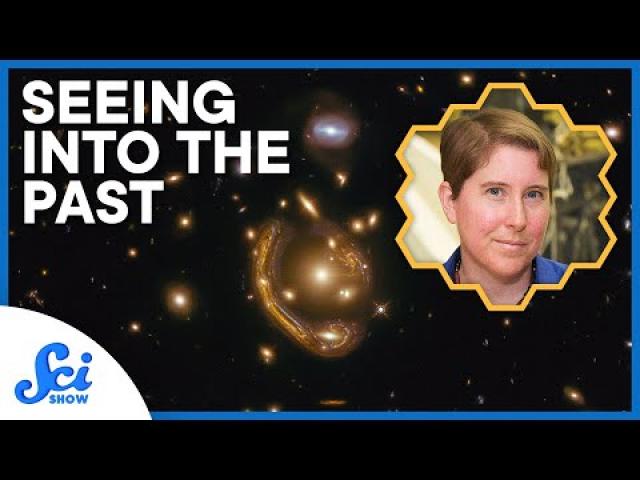
“Do Fabulous Science”: Jane Rigby | Great Minds
Added 220 Views / 0 LikesHead to https://shopify.com/scishowspace to learn more and for a 14-day free trial. Thanks to Shopify, an ecommerce platform that helps you start, grow, and manage your business, for supporting SciShow.Astronomer Dr. Jane Rigby challenges the limits of th
-
2:00:15
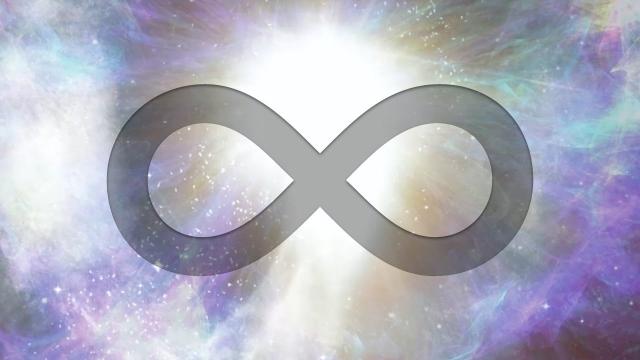
∞
Added 458 Views / 0 Likeshappy april fools' day happy april fools' day happy april fools' day happy april fools' day happy april fools' day happy april fools' day happy april fools' day happy april fools' day happy april fools' day happy april fools' day happy april fools' day ha
-
10:07:10
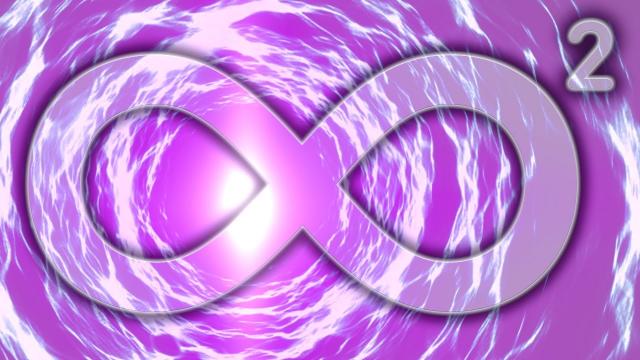
∞²
Added 440 Views / 0 Likes∞ https://youtu.be/8UqYfaxOJOgagain and again and again and again and again and again and again and again and again and again and again and again and again and again and again and again and again and again and again and again and again and again
-
18:16:06
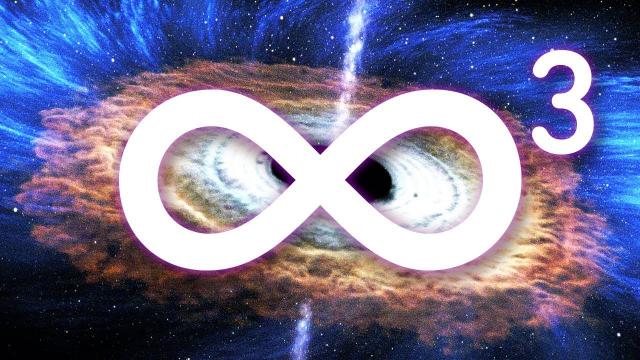
∞³
Added 284 Views / 0 Likestwitch: http://twitch.tv/jakeroper∞: https://youtu.be/8UqYfaxOJOg∞²: https://youtu.be/wOQ8H2t6I1I

